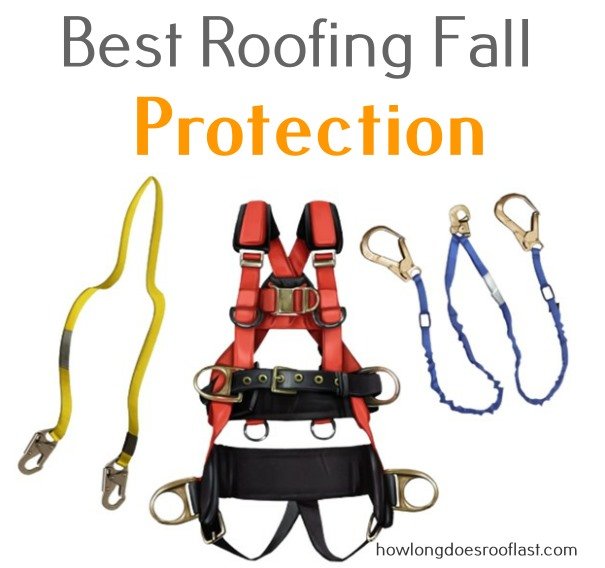Construction teams and roofers face extraordinary obstacles and high degrees of hazard while working at heights. Therefore, it’s crucial to employ safety harnesses and other devices that will shield them in the event of a fall. Roofers must wear the best roofing fall protection and often work at altitudes and acute angles where a slip could have disastrous consequences.
The various fall prevention technologies available to roofers are to keep everyone safe so they can leave for home after each shift. You can discover numerous fall prevention methods for roofers in this post.

Roofing Fall Protection Equipment
A roofing harness with built-in equipment reduces the chances of using someone’s home or building equipment (e.g., ladders), which may result in accidents and injuries, potentially serious ones.
Improper use of a safety roof harness greatly increases the danger of falling from the roof. Implementing a fall arrest system effectively can significantly reduce fall distance and minimize injuries during such incidents.
Proper utilization of a fall arrest system is essential to mitigate this risk, ensuring a reduced fall distance should an accident occur.
- Safety Helmet
A safety helmet is one of the instruments for workplace safety and the most crucial roof fall protection kit. A safety helmet’s primary purpose is to shield the head from impacts. Due to the risk of falling objects in the field, this helmet is essential for fieldwork. A safety helmet may also protect the head from heat radiation from the sun, sparks, chemical spills, and extremely high temperatures.
- Safety Rope
Workers also require a safety belt or safety belt in addition to safety helmets. The safety rope’s purpose is to safeguard workers against the possibility of falling, sliding, or being released. Safety ropes also restrict their movement to prevent workers from taking the wrong step. As you are aware, certain occupations need employees to work in hazardous environments or situations. This rope is used in a risky location to lessen the danger.
- Boots
Boots can also be considered as work roofing fall protection equipment. Boots protect the lower limbs, notably the feet if a helmet is utilized to protect the workers’ upper limbs. Workers can reduce their chance of being struck by heavy things, treading on sharp objects, exposure to hot liquids and dangerous chemicals, and falling on slick surfaces by wearing boots constructed of particular materials.
[irp posts=”641″ name=”How to Walk on Roof Tiles Safely without Damaging Them”]
- Face Shield
Face shields protect the face from dangerous substances or tiny particles floating in the air or water. This face shield comes in a variety of shapes, from looking like a shield to a diving mask to a full-face show that covers the entire face.
- Gloves
Gloves shield hands from pathogenic diseases, electric currents, chemicals, heat, and cold. Metal, leather, and speciality rubber are just a few elements to make these safety gloves.
- Full-body Harness
A full-body multi-dynamic harness, the industry standard for roofing fall prevention systems, offers the best roofing fall protection. They are lightweight, particularly if you don’t want to carry the extra weight from cushioning. You might choose a harness with less padding if you’re working in a warm region and are worried about the effects heat might have on your health and safety.
[irp posts=”837″ name=”Can You Walk on a Metal Roof?”]
An assembly for a vertical lifeline is supplied with a 25′ or 50′ rope. Although some of the bigger ones on the market may reach 100′, your typical kits only come with a 25′ or 50′ rope. You can adjust the rope as necessary, thanks to the snap hook and knob it has on either end.
Bottom Line
Working at height is serious business, and it’s the responsibility of everyone involved—whether they are supervisors, contractors, foremen, or workers. It is crucial for roofing companies to implement comprehensive personal fall protection systems to ensure the safety of their teams. These are just a few of roofing fall protection systems available for your company to utilize.


